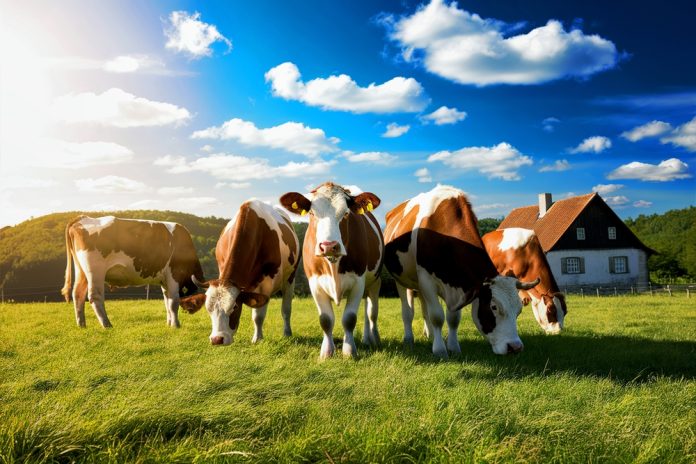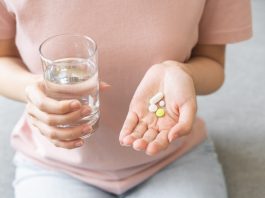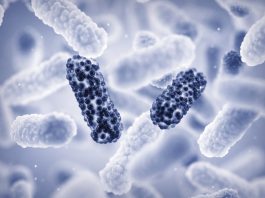Antibiotic resistance in UK animals remains at its lowest level since reporting started a decade ago, as shown in a report published by the Veterinary Medicines Directorate (VMD) today.
The figures, published in the latest UK-Veterinary Antimicrobial Resistance and Sales Surveillance (VARSS) Report during World Antimicrobial Resistance Awareness Week, also show that antibiotic sales in food-producing animals remained at a 59% reduction since 2014.
Sales of antibiotics of the highest critical importance to human health remain extremely low, accounting for less than 0.5% of total veterinary antibiotic sales.
This year’s report marks 10 years of collecting antimicrobial resistance (AMR) data from pigs and poultry in the harmonised monitoring programme and, for the first time, reports on antibiotic resistance levels in UK animals, including sheep, beef, and dairy cattle.
This initial baseline data helps provide a more complete picture of AMR in UK animals and begins to address one of the key commitments of the UK’s new National Action Plan on AMR.
The growing problem of AMR
AMR is a huge global challenge, affecting human and animal health, food security, and economic growth.
It occurs when bacteria and other microorganisms evolve to resist antimicrobial drugs like antibiotics, rendering these treatments less effective or even ineffective in animals and people.
New estimates show more than 39 million deaths directly attributable to bacterial AMR will occur between now and 2050. Avoiding unnecessary antibiotic use in animals and humans is crucial to slowing the development of antibiotic resistance.
This has been an important year for AMR, both domestically with the publication of the new AMR National Action Plan and internationally with the United Nations High-Level Meeting on AMR in September, which produced a landmark political declaration to galvanise international action.
The focus must now be on implementation globally, nationally, and locally, providing an opportunity for the UK’s farming sector to build on its progress to date.
Reducing antibiotic use in UK animals
A decade of reducing antibiotic use in UK animals and farming sectors, supported by VMD, has worked hard to reduce antibiotic use in food-producing animals over the last decade.
This has resulted in declining antibiotic resistance in animals. However, if upticks in use seen in this year’s report for some sectors become trends, we must anticipate this being reflected by increasing AMR. This highlights the need for continued antibiotic stewardship efforts.
Abi Seager, CEO of the Veterinary Medicines Directorate, explained: “The VMD has been publishing antibiotic sales, use, and resistance data for the UK’s animal population for over a decade, and the positive trends demonstrate the dedication of the UK’s farmers and vets to ensuring responsible antibiotic use in UK animals.
“I am especially proud of our AMR surveillance programme, which continues to expand and become more robust.”
APHA Chief Executive Jenny Stewart added: “APHA has a long history of working on antibiotic resistance in animals and has partnered with the VMD for many years to tackle this important global challenge.
She concluded: “Today’s report, which is published during World AMR Awareness Week, highlights ongoing progress but also the vital need for continued action in this space.
“We will continue to work closely with UK vets and farmers, as well as international partners, to address the threat of antibiotic resistance in UK animals.”





